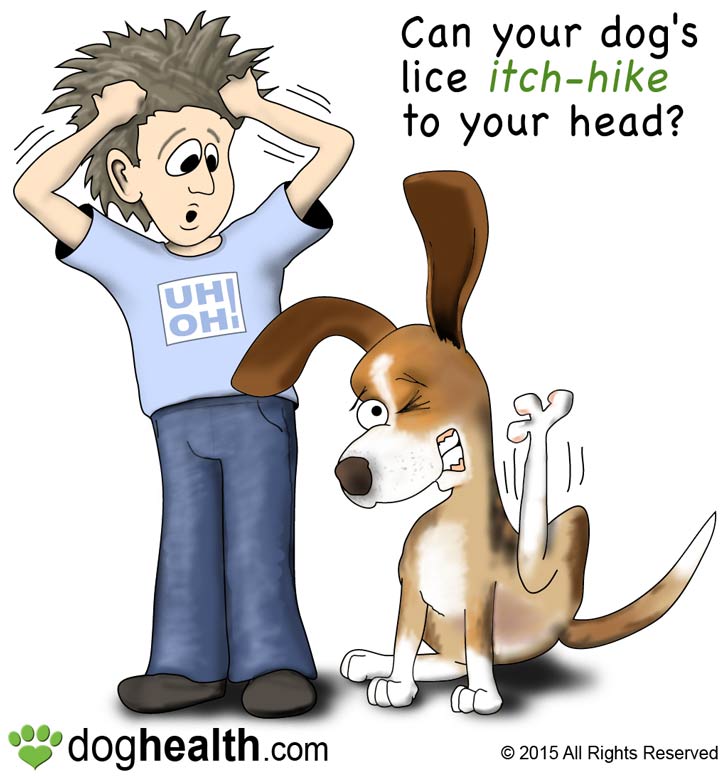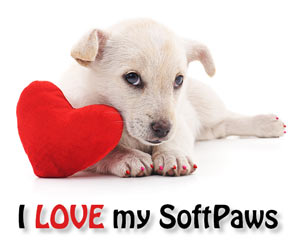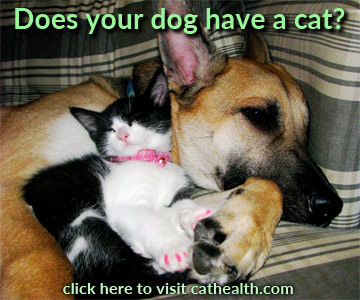Pediculosis: Lice in Dogs

Few things can inspire us to cringe as much as lice. Small bugs that chew on us, are contagious, cause intense itching, and are difficult to get rid of once they've set up shop on our scalps: what's not to hate? In multi-species households, people often worry about whether they and their animals can share a case of head lice.
Can My Dog Get Lice from My Child?
Dogs can contract lice, but not the same ones that affect humans. In fact, each species has its own type of lice, and they aren't contagious to one another. So there's no need to worry about your puppy getting lice from your child or vice versa. Dogs and cats don't share lice, either.
How Do Dogs Get Lice?
Dogs contract lice from direct or indirect contact (through bedding, brushes, etc.) with other dogs that are infested. The bugs are most easily spread in situations where there are many dogs in close quarters with one another, such as in kennels, pet stores, and puppy mills.
What Are the Signs of Lice in Dogs?
Canine lice are visible to the human eye and appear as small, flat, black bugs on the dog's skin. They are larger than fleas but still quite small. Nits are lice eggs, and they look like white flakes on the dog's hair shafts. These nits are sticky and resist removal from the hair.
Lice have a tendency to congregate around a dog's ears, neck, and shoulders. Dogs affected by lice may show the following signs:
- Hair loss
- Excessive scratching
- Sores on the skin
- Dry coat
Two types of lice affect dogs: biting and sucking lice. The sucking lice remove blood from the animal, and if a young, small, old, or debilitated dog has a heavy load of these, enough blood loss could occur to cause anemia, weakness, and even death.
What Is the Treatment for Lice in Dogs?
Lice in dogs can be successfully treated with several canine-specific insecticides. Advantage, Frontline, and Revolution are three such products. Never give or apply any medications to your dog without speaking to your veterinarian first.
When treating lice, first bathe the dog in a mild canine shampoo, then treat with the product that your vet recommends. This will kill the adult lice. Treatment will need to be repeated two weeks after the first application in order to kill any new lice that hatch in that time.
Be sure to thoroughly clean all bedding, brushes, clothing, and toys that your dog uses simultaneously with the treatments.
If there are other dogs in your home, treat them also, even if you don't see lice on them. Otherwise, the dogs may continuously re-infect each other because they are on different treatment schedules.
You May Also Like These Articles:
Dog Shaving: Helpful or Harmful?
Dog Fleas: How to Look for Fleas on Your Dog
Lick Granuloma: Causes, Treatments, and Prevention of Acral Lick Granuloma in Dogs
Bubonic Plague: The Role of Dogs in the Spread of Plague
Dealing With Canine Scratching and Licking
Dog Park Preparation Tips - Slideshow
Foxtails: A Summertime Hazard for Dogs
Disclaimer: This website is not intended to replace professional consultation, diagnosis, or treatment by a licensed veterinarian. If you require any veterinary related advice, contact your veterinarian promptly. Information at DogHealth.com is exclusively of a general reference nature. Do not disregard veterinary advice or delay treatment as a result of accessing information at this site. Just Answer is an external service not affiliated with DogHealth.com.


